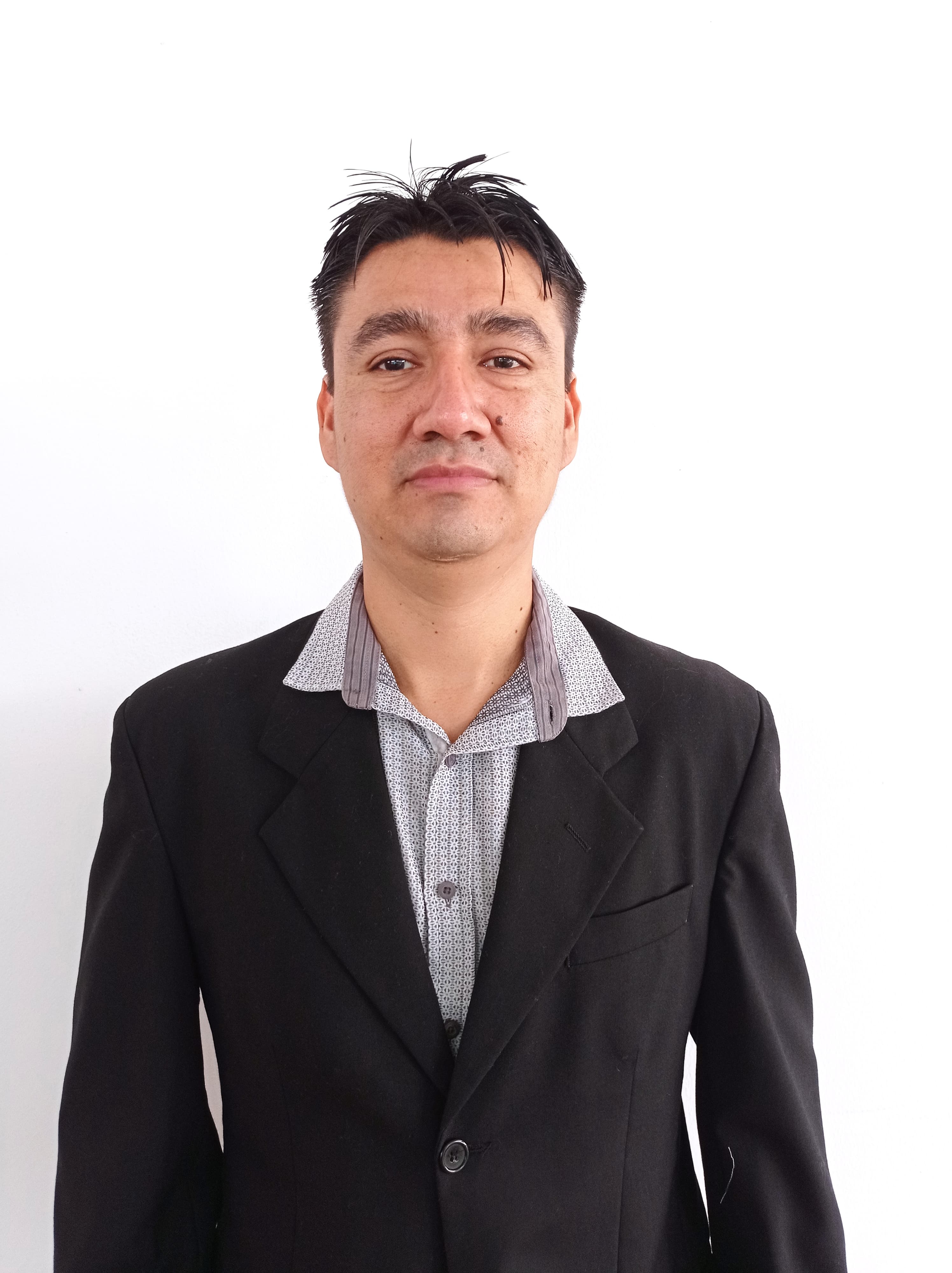Advancing Bioimaging Core Services with Artificial Intelligence
Award Imaging Scientist
Funding Cycle Cycle 2
Investigator

Paul Hernandez-Herrera, PhD
National Autonomous University of Mexico (National Laboratory for Advanced Microscopy)
Bio
Paul Hernandez-Herrera is an applied mathematician and postdoctoral fellow who develops algorithms for image analysis at the Institute of Biotechnology, National Autonomous University of Mexico. His prior work includes creating algorithms to automatically identify and trace tubular structures (such as neurons, sperm flagella, and blood vessels) from 3D images. Currently, he is pioneering the use of machine learning and deep learning techniques for automated identification of objects in microscopy images, with particular interest in studying how sperm swim in 3D. This has led us to reassess our most basic ideas surrounding sperm motility, with profound relevance for reproductive science and, potentially, human fertility research. He also develops open source software to ensure his algorithms can be used by the widest audience possible.
Project Description
Machine learning and artificial intelligence (AI) techniques are transforming many areas of scientific research, including image analysis. The quantity and quality of imaging data produced by modern instruments has overwhelmed researchers’ ability to process this wealth of information unaided. Creating new and versatile automated analysis tools requires specialized mathematical and software engineering knowledge that researchers who need to use these tools may not have. By working closely with biological and clinical researchers, Paul Hernandez-Herrera, an applied mathematician and programmer, will create accurate and high-throughput AI algorithms to perform bioimage analysis and develop solutions tailored to their needs. In addition, Dr. Hernandez-Herrera will manage the development, refinement, and deployment of open source software and related training resources, ensuring the widest possible impact to the global community of imaging scientists.



